VPL12N
Power Factor controller – VarPlus Logic – VPL 12
- Stock status:
- In stock
- Manufacturer:
- Schneider
- Product code:
- VPL12N
Main documents
- Product datasheet
- Instruction sheet
- Catalogue
| Range | PowerLogic |
|---|---|
| Product name | PowerLogic PFC Controller |
| Device short name | VPL12 |
| product or component type | Power factor controller |
| Number of step output contacts | 12 |
|---|---|
| [Us] rated supply voltage | 90…550 V AC <= 999 kV AC with external VT |
| Measurement current | 0…5 A |
| Measurement voltage | 90…550 V AC 50/60 Hz |
| Operating mode | Manual or automatic |
| Number of quadrant operation for generator application | 4 |
| Device connection | Communication protocol: Modbus interface: RS485 |
| Input function | Switch: 1 x dry contact |
| Colour code | Front: dark grey RAL 7016 |
| Display type | Backlit LCD |
| display size | 56 x 25 mm |
| Function available | Manual programming Automatic initialisation Automatic detection Advanced programming (expert) Any step sequence |
| Metering type | Power factor and displacement PF (signed, four quadrant) Total current harmonic distortion THD (I) Power factor average over lifetime Temperature maximum Phase current I1, I2, I3 RMS on load Active power P, P1, P2, P3 on load Reactive power Q, Q1, Q2, Q3 on load Apparent power S, S1, S2, S3 on load Voltage U21, U32, U13, V1, V2, V3 on load |
| type of measurement | Capacitor current overload Irms/I1 Individual voltage harmonic Power factor Operating time Cos φ Ambient temperature inside the cubicle Tan φ |
| Information displayed | Number of switching cycles per step Individual step size in kVAr Remaining step capacity in % |
| Type of alarms | Step power loss (< 75 %) / Action: message and alarm contact + step blocked Step faulty / Action: message and alarm contact + step blocked High current (> 6 A CT) / Action: message and alarm contact Hunting (unstable regulation) / Action: message and alarm contact + step blocked Low current (< 15 mA CT) / Action: message and alarm contact Overcompensation / Action: message and alarm contact Capacitor current overload (Irms/I1) (> 130 % I1) / Action: message and alarm contact + step switched off Overtemperature (50 °C) / Action: message and alarm contact + step switched off Overtemperature (30 °C) / Action: fan switch Overvoltage (+/- 10 %) / Action: message and alarm contact + control stopped Total harmonic distortion (> 7 %) / Action: message and alarm contact + step switched off |
| Data recording | 5 alarms |
| Operational Hours alarm | 100000 h without maintenance |
| Operational counter alarm | 65000 cycles without maintenance |
| Input type | Phase to phase Phase to neutral Insensitive to CT polarity Insensitive to phase rotation polarity Current input CT…X/5 A and X/1 A |
| Output type | Control relay: 0.2 A 110 V DC Control relay: 1 A 48 V DC Control relay: 2 A 400 V AC 50/60 Hz Control relay: 1 A 24 V DC Control relay: 5 A 250 V AC 50/60 Hz Control relay: 5 A 120 V AC 50/60 Hz Fan: 5 A 250 V AC 50/60 Hz Fan: 1 A 48 V DC Alarm relay: 5 A 250 V AC 50/60 Hz Alarm relay: 1 A 48 V DC |
| Maximum at the common terminal | 10 A |
| Settings operating mode | Automatic Manual |
| Type of setting | Choice of stepping programs: auto Choice of stepping programs: LIFO Choice of stepping programs: linear Delay between 2 successive switch on the same step: 5…1200 s Step configuration programming: auto Step configuration programming: off Step configuration programming: fixed Target cos phi: 0.7 inductive…0.7 capacitive Target cos phi: dual cos φ |
| Measurement accuracy | Voltage +/- 1 % Current +/- 1 % Frequency +/- 1 % Energy (P,Q,S) +/- 2 % Cos φ +/- 2 % Total voltage harmonic distortion THD (U) +/- 2 % Individual voltage harmonic +/- 3 % Temperature +/- 3 °C |
| Time delay range | 1…6500 s (on reconnection) 1…6500 s (on response) |
| Provided equipment | User manual |
| Mounting mode | Flush-mounted |
| Mounting support | Panel – thickness: 1…3 mm |
| Mounting location | In cabinet |
| Cut-out dimensions | 138 x 138 mm |
| Height | 144 mm |
| Width | 144 mm |
| Depth | 58 mm |
| net weight | 0.6 kg |
| Standards | IEC 61000-6-4 UL 61010-1 EN 61010-1 IEC 61000-6-2 IEC 61326-1 |
|---|---|
| Product certifications | EAC NRTL cNRTL CE |
| IP degree of protection | Front face: IP41 Rear face: IP20 |
| Operating altitude | <= 2000 m |
| Ambient air temperature for operation | -20…60 °C |
| ambient air temperature for storage | -40…85 °C |
| Unit Type of Package 1 | PCE |
|---|---|
| Number of Units in Package 1 | 1 |
| Package 1 Height | 9.200 cm |
| Package 1 Width | 17.700 cm |
| Package 1 Length | 18.400 cm |
| Package 1 Weight | 724.000 g |
| Unit Type of Package 2 | S03 |
| Number of Units in Package 2 | 8 |
| Package 2 Height | 30.000 cm |
| Package 2 Width | 30.000 cm |
| Package 2 Length | 40.000 cm |
| Package 2 Weight | 6.155 kg |
| Unit Type of Package 3 | P06 |
| Number of Units in Package 3 | 64 |
| Package 3 Height | 75.000 cm |
| Package 3 Width | 60.000 cm |
| Package 3 Length | 80.000 cm |
| Package 3 Weight | 58.408 kg |
Product Description
Schneider Electric
Schneider Electric is a multinational corporation specializing in energy management and automation solutions. With operations in over 100 countries, the company offers a wide range of products and services for various industries, including residential, commercial, and industrial.
Schneider Electric is focused on sustainability and innovation, aiming to help their customers manage energy efficiently and reduce their environmental impact.
Schneider Power Factor Controller
Schneider Electric offers a range of power factor controllers designed to improve energy efficiency and reduce electricity costs by optimizing the power factor in electrical systems. These controllers are typically used in industrial and commercial settings where reactive power can lead to increased energy costs and reduced system efficiency.

Key Features of Schneider Power Factor Controllers
Automatic Control: Schneider power factor controllers automatically manage the power factor by switching capacitors on and off based on the real-time requirements of the electrical system.
User-Friendly Interface: These controllers often feature intuitive interfaces with LCD displays, making them easy to configure and monitor.
Advanced Measurement Capabilities: They provide precise measurements of various electrical parameters, including voltage, current, power factor, reactive power, and harmonic distortion.
Programmable Settings: Users can program various settings to tailor the controller’s operation to the specific needs of their system, including target power factor levels and switching sequences.
Communication Options: Many Schneider power factor controllers come with communication capabilities, allowing integration with building management systems (BMS) and remote monitoring.
Harmonic Filtering: Some models are equipped with harmonic filtering features to reduce harmonic distortion in the electrical system, improving overall power quality.
Alarm and Protection Functions: These controllers include alarm and protection functions to safeguard the system against faults such as overvoltage, undervoltage, and overheating.
Common Models and Series
Schneider Electric offers several models of power factor controllers, each with varying features and capabilities to suit different applications. Some common series include:
VarPlus Logic: This series offers advanced power factor correction with features like multi-stage regulation, real-time monitoring, and modular design for easy expansion.
VarSet: A comprehensive power factor correction system that can be customized to meet specific requirements, often used in larger industrial applications.
AccuSine: Although primarily an active harmonic filter, the AccuSine series also provides power factor correction, offering a dual solution for power quality improvement.
For more detailed information on specific models and technical specifications, you can visit GeeTech Group official website or consult their product catalogs.
Power Factor Controller
A power factor controller (PFC) by Schneider Electric is designed to improve the power factor in electrical systems, which enhances energy efficiency and reduces electricity costs. It automatically switches capacitors to correct the power factor, continuously monitors electrical parameters, and provides protection against overvoltage, undervoltage, and harmonics. Schneider PFCs, like the VarPlus Logic and AccuSine series, offer advanced monitoring, dynamic compensation, and modular designs suitable for various applications such as industrial facilities, commercial buildings, and renewable energy systems, ensuring improved system efficiency, compliance with regulations, and enhanced power
VPL12N
The Schneider Electric VarPlus Logic (VPL) VPL12N is an advanced power factor controller designed to optimize the power factor in electrical systems, thereby enhancing energy efficiency and reducing electricity costs.
The VarPlus Logic is a simple and intelligent relay that measures, monitors, and controls reactive energy, maintaining the power factor. It can control up to 12 steps of capacitors for reactive power compensation, ensuring precise power factor correction.

The VPL12N features easy commissioning, step size detection, and monitoring, along with various alarms for enhanced system protection. It comes with a user-friendly interface and real-time monitoring of electrical parameters.
The device provides reliable performance with protections against overvoltage, undervoltage, and harmonics, making it suitable for various industrial and commercial applications. By improving power quality and reducing losses, the VPL12N contributes to the overall efficiency and stability of electrical systems.
Frequently Asked Questions
What is power factor correction detuned?
✅When a correctly specified "Detuned" Power Factor Correction system is implemented on a network with substantial Harmonic Distortion, it effectively reduces the levels of distortion. The degree of reduction depends on the unique characteristics of each system.
How does a power factor correction work?
✅Power factor correction involves compensating for lagging current by generating a leading current through the connection of capacitors to the power supply. By adding sufficient capacitance, the power factor can be adjusted to approach unity, optimizing the efficiency of the electrical system.
How do you control power factors?
✅To optimize energy efficiency, minimize the operation of idling or lightly loaded motors and avoid running equipment above its rated voltage. When standard motors burn out, replace them with energy-efficient models. However, it's important to note that even energy-efficient motors experience significant power factor variations due to changes in load.
How power factor can be removed?
✅Several methods are used for power factor correction, with the most common being capacitor banks and synchronous condensers. Capacitor banks consist of multiple capacitors that store energy and generate reactive power, improving the power factor. These capacitor banks can be connected in either a delta configuration or a star (wye) configuration.
How does PFC controller work?
✅The PFC controller minimizes harmonic distortion in the supply current, aligning the input AC line current waveform with the sine input voltage waveform. Non-linear loads, such as SMPS (Switch Mode Power Supplies), typically generate harmonic currents.
How to maintain power factor?
✅A power factor controller is essential for maintaining the power factor value within the limits set by the National Authority. It optimizes the interaction between real and reactive power in a power supply. By minimizing the phase shift between voltage and current in a reactive load, the power factor controller enhances overall efficiency and reduces energy waste.



















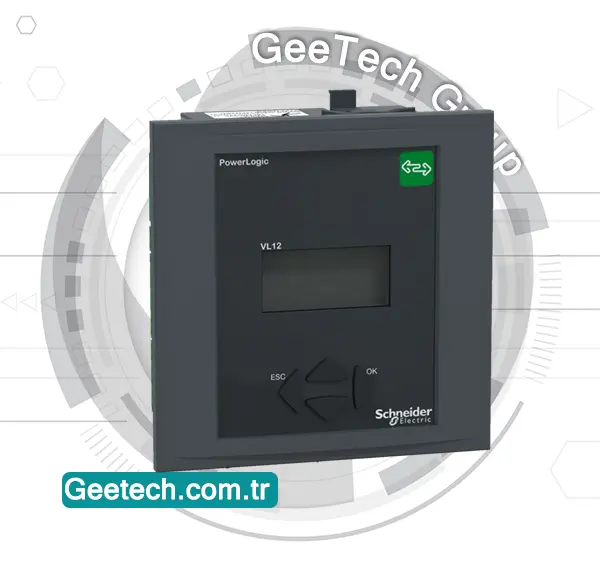
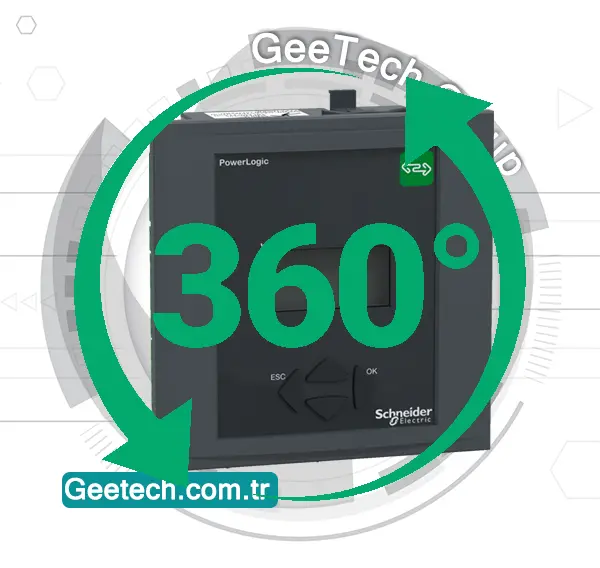


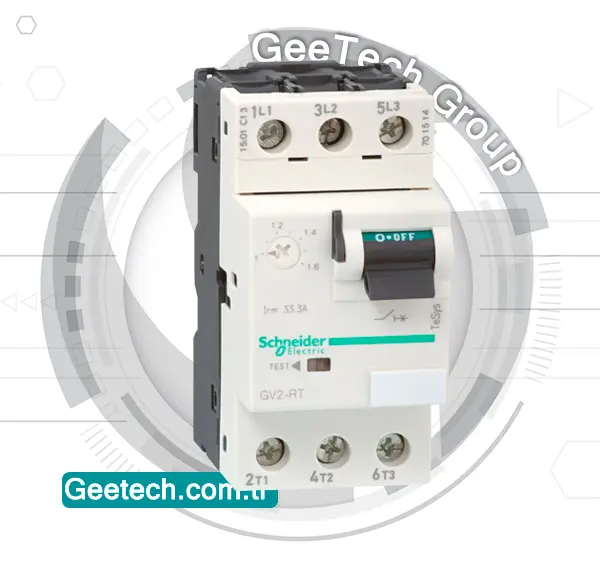
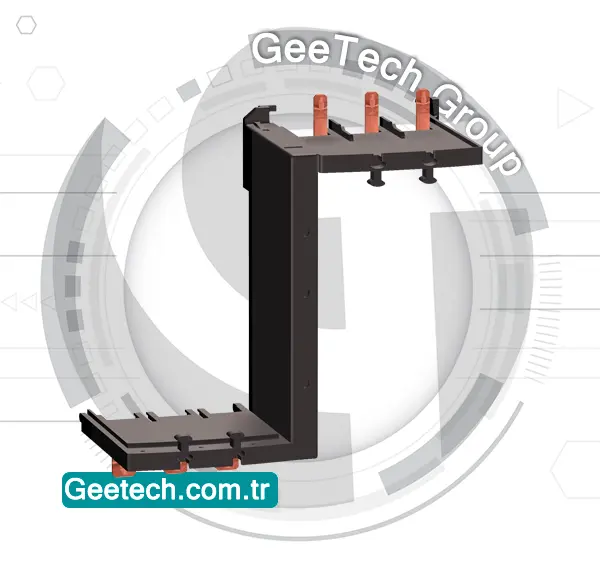

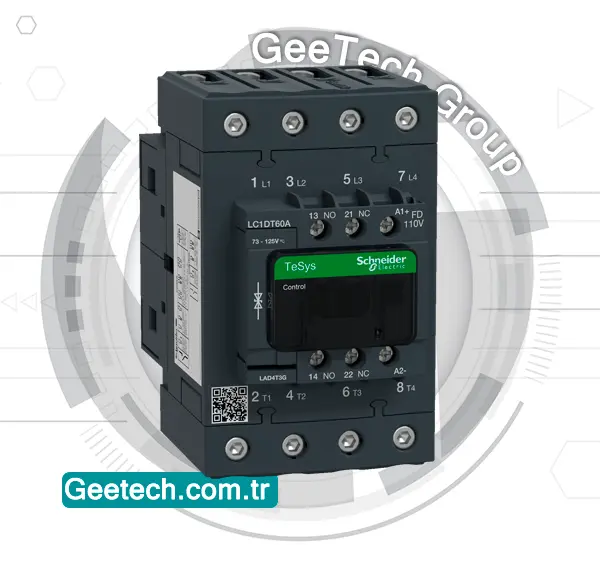

Reviews
There are no reviews yet.